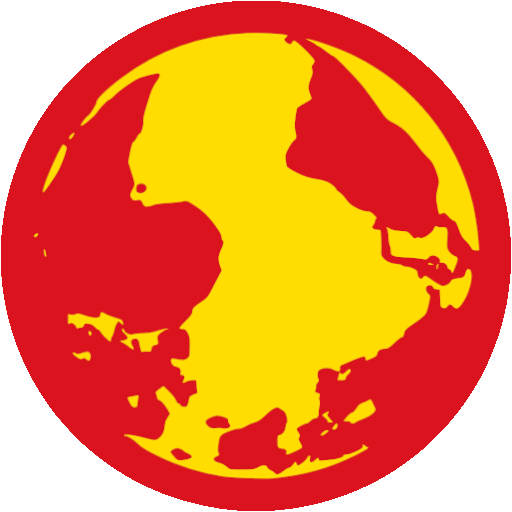
Less outrage, more shades of Diem: https://en.wikipedia.org/wiki/Ngo_Dinh_Diem , who persecuted Buddhists.
Zelenskyy’s approval rating, likewise, is starting to go down the tubes.

Less outrage, more shades of Diem: https://en.wikipedia.org/wiki/Ngo_Dinh_Diem , who persecuted Buddhists.
Zelenskyy’s approval rating, likewise, is starting to go down the tubes.

Sounds like they got kicked out and decided to write a kvetch column. Beijing seems more interested in using social media to present a view to the world, instead of a hostile Western press.

Not going through the WSJ comments, but it’s obvious how the problems with China’s approach will be dealt with should push come to shove after you’ve gone through the article.
China is a Communist state running a capitalist simulacra. The highest state of capitalism is imperialism, and the highest state of simulated capitalism is simulated imperialism.
If the trade barriers come up, for a lot of goods, China can effectively just increase military spending (currently at 1.3% of GDP official, or 1.7% according to SIPRI, compare 3%, 3.3%, and 6.8%, depending on who you trust, in the United States) to absorb excess capacity.
The problem with a lot of our concerns (genocide of Palestinians in Gaza, the mutual slaughter in Ukraine) is that the Chinese, in both cases, can get off their asses and intervene more aggressively. But they don’t, because they have trade ties with the West and still need to grow their economy. If a new Iron Curtain were to form, however, there’d be nothing stopping them from taking a harsh anti-Western position geopolitically.
Simulated imperialism essentially comes down to the anti-Western bloc having sufficient power to say: stop, this is stupid, or stop, this is obscene, and the West actually has to sit down and listen because it no longer has monopoly control of the world’s hard and financial power.
A second factor is capital goods exports. If China is cut off from the West through direct trade, there are a bunch of non-aligned countries that can import low-cost Chinese capital goods, then export them to Western consumers at lower prices than if the West were to sell the capital goods themselves.
Where these two things essentially combine is in greentech: this isn’t often mentioned in Western media, but the cost of Chinese battery storage is down to 5.6 cents per watt, or an effective cost of 2-3 cents per kWh generated. Chinese solar installed costs, at the largest scales, is currently about 20 cents per watt, which translates to half a cent or 1 cent per kWh of raw electricity.
Or, in other words, batt + solar is cheaper than frackgas or coal for new power generation. This essentially comes down to a neoconservative excuse to force countries off American frackgas or Western nuclear and make them buy solar + batt.

You have to produce in China to keep costs down, but you can’t sell effectively in China due to state-mandated hypercompetition driving everyone to zero profit.
Turns out Communists are better at capitalism than capitalists are.
It’s three fabs. Intel, meanwhile, is falling apart.
The important thing, imo, is that the US doesn’t achieve full chip independence before 2030, which allows a peaceful resolution of the Taiwan issue (i.e, Chinese customs blockade redirecting Taiwanese shipping and passenger traffic to China). I don’t see American reshoring settling the issue early, even though Intel is likely to get automated fabs up by 2028.